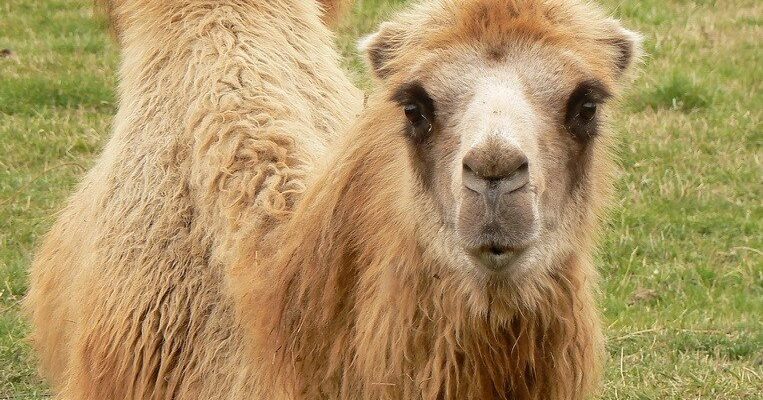Rostov Zoo
Rostov-on-Don Zoo is one of the city’s most colorful attractions. It is known for its rich collection of rare animals and large park area, which has become a popular place for family vacations. The zoo is among the largest menageries in Russia and Europe, occupying an area of more than 56 hectares.
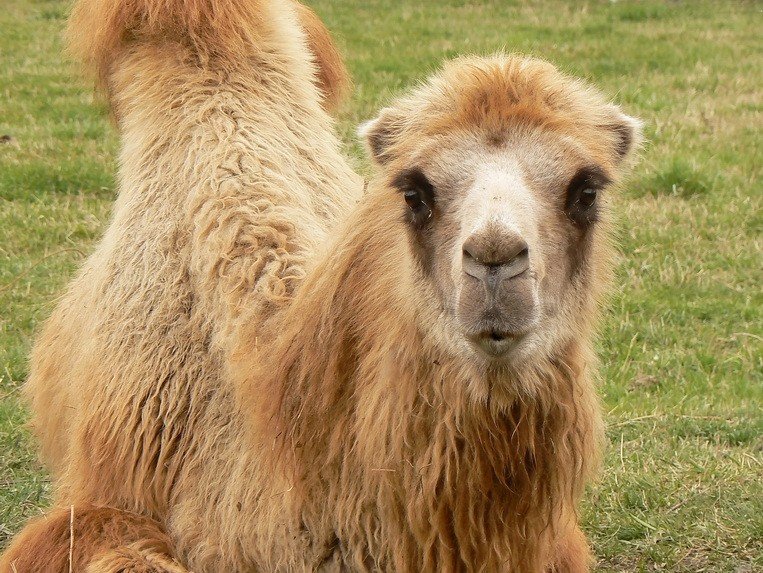
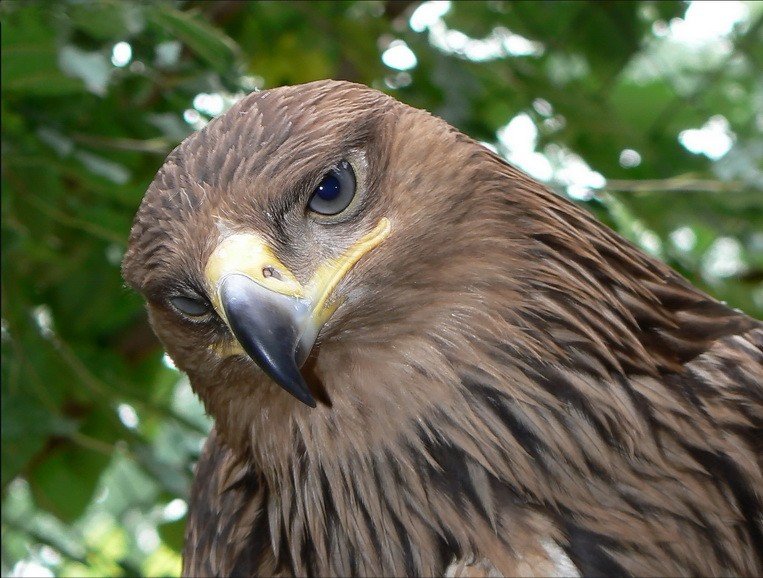
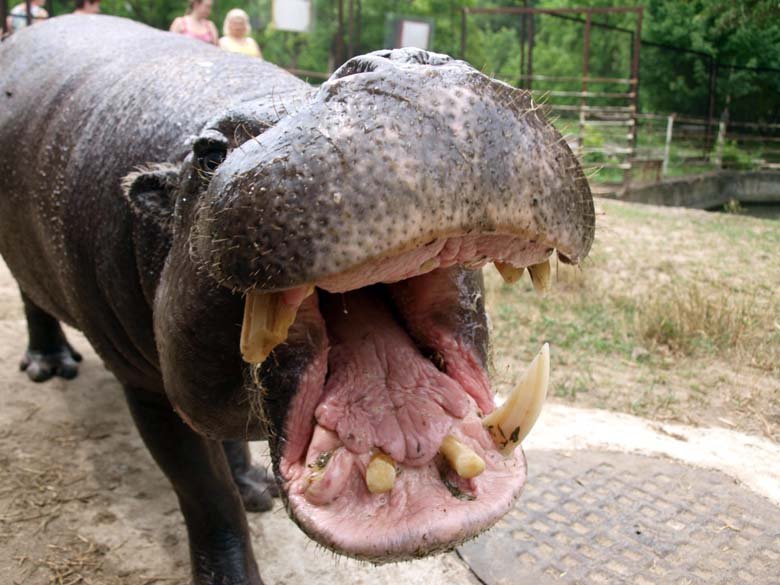
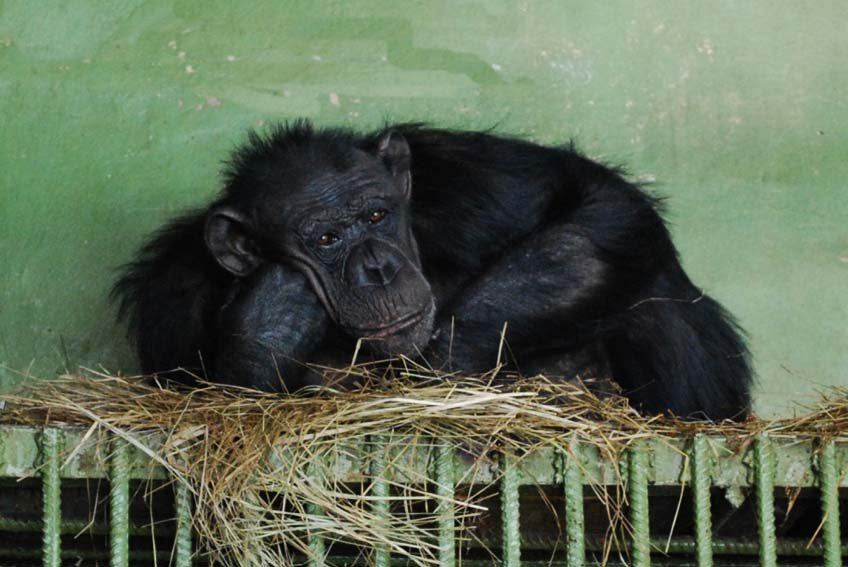
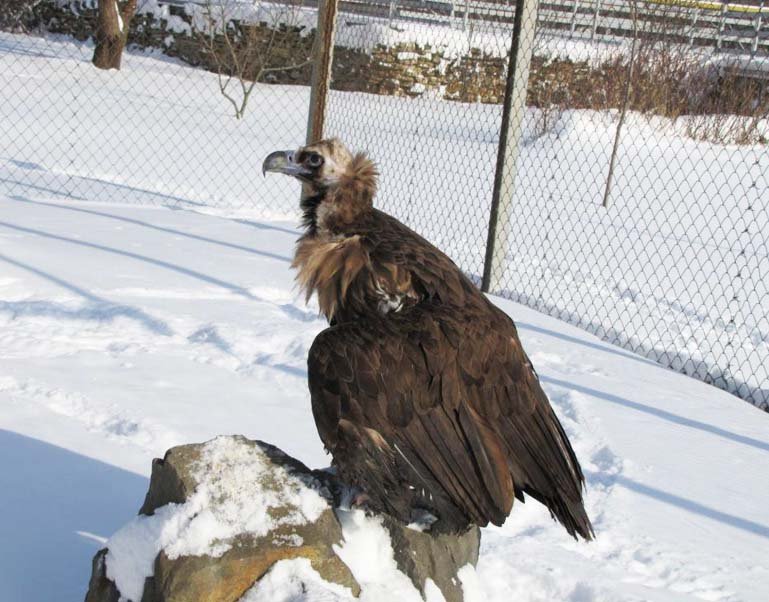
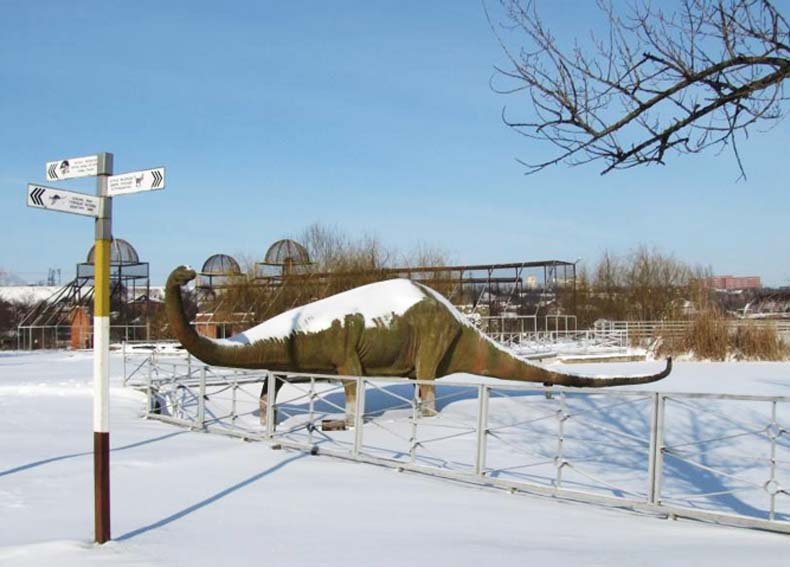
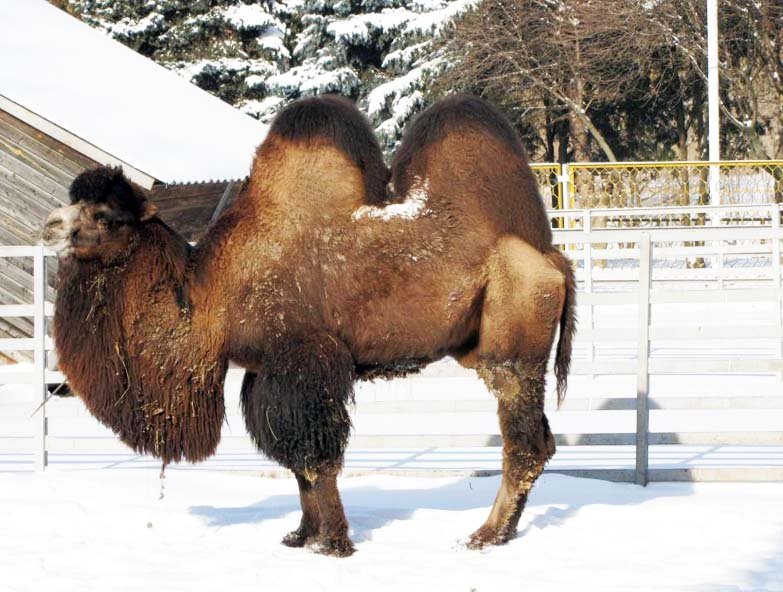
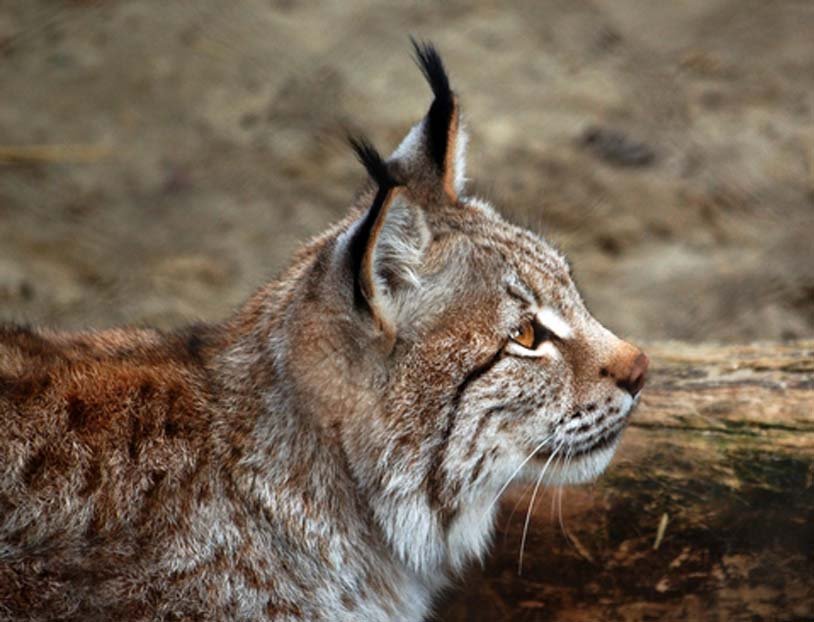
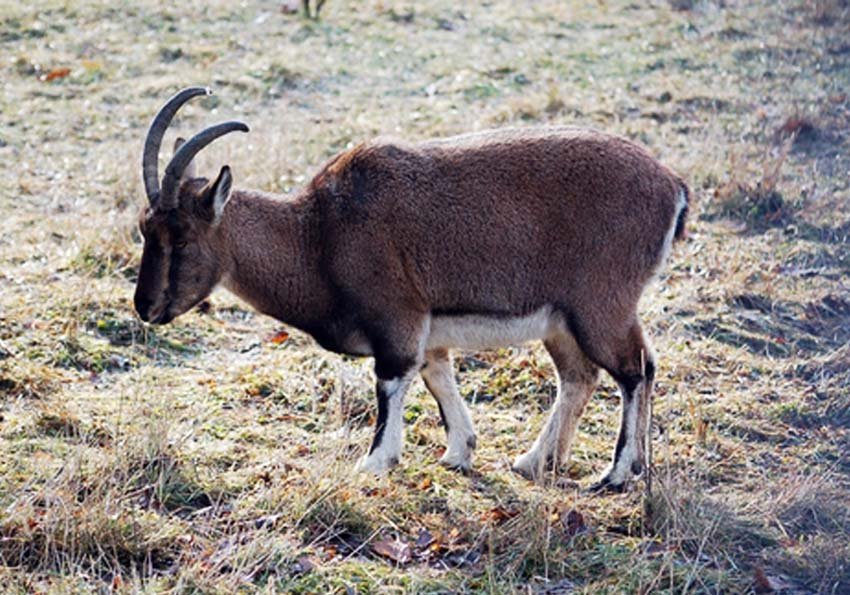
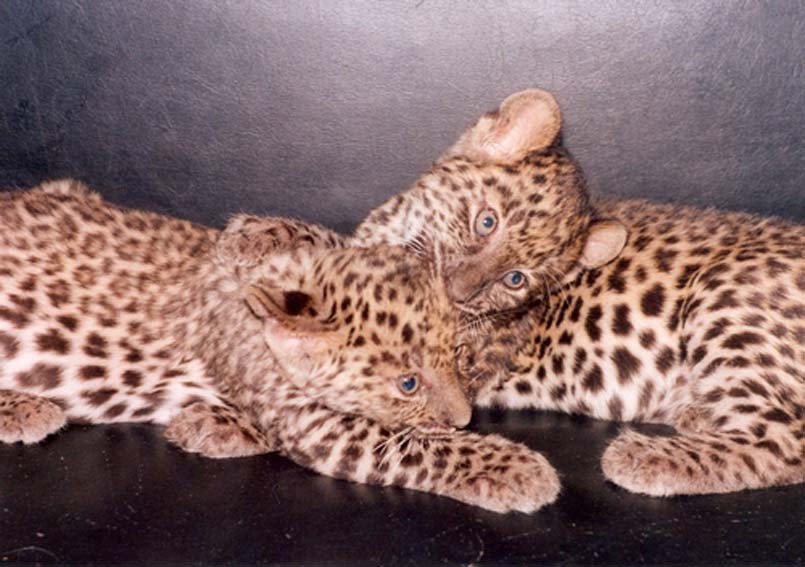
Video: Rostov Zoo
Contents- General information
- History of Rostov Zoo
- What to see
- Useful information for tourists
- How to get there
General Information
The use of the latest animal husbandry technology has made it possible to collect exotic fauna from all over the planet and ensure their successful reproduction. The green spaces of the park have the status of a natural monument. Here guests can see the oldest trees in the city. The organization is involved in more than 38 programs for the protection of rare species, scientific staff on the basis of the zoo teaches young naturalists.
.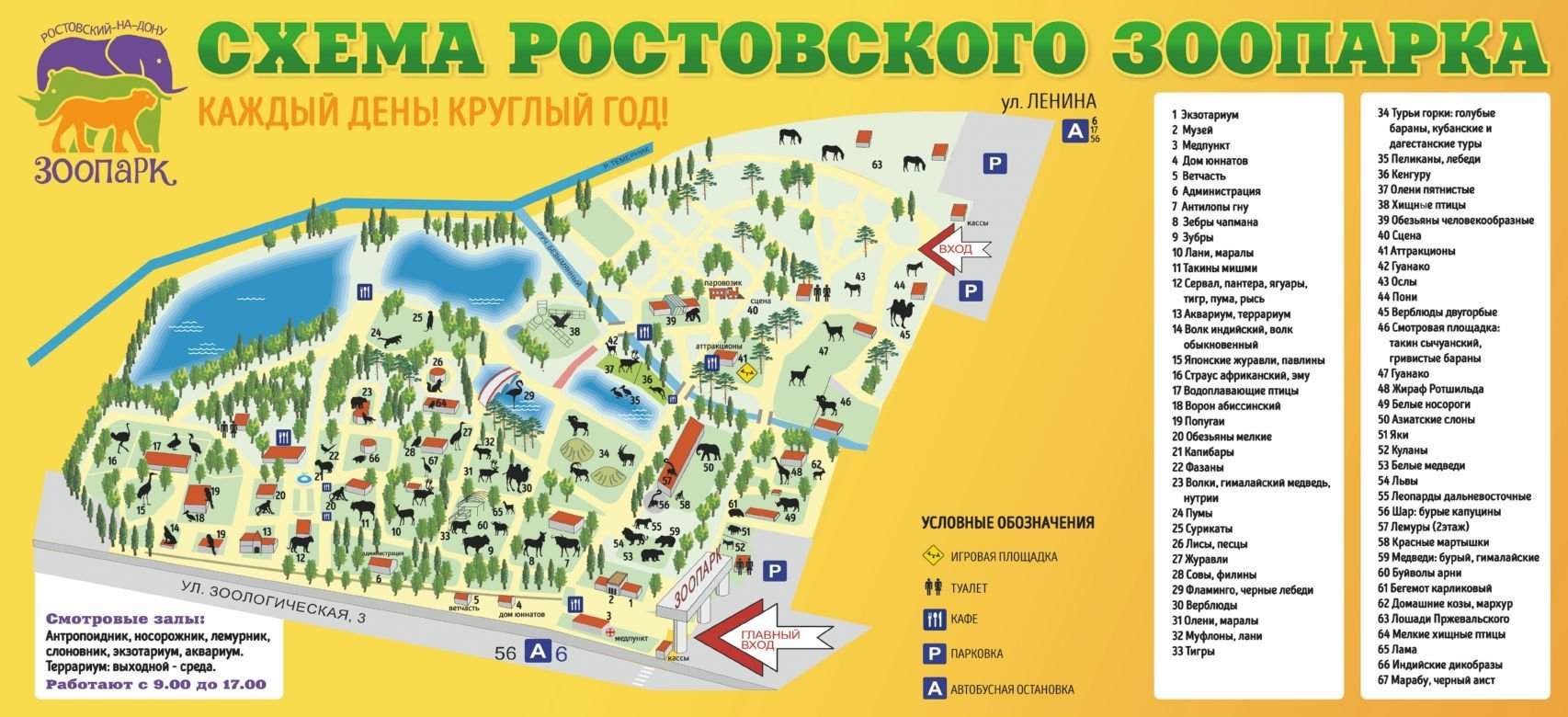
History of Rostov Zoo
‘
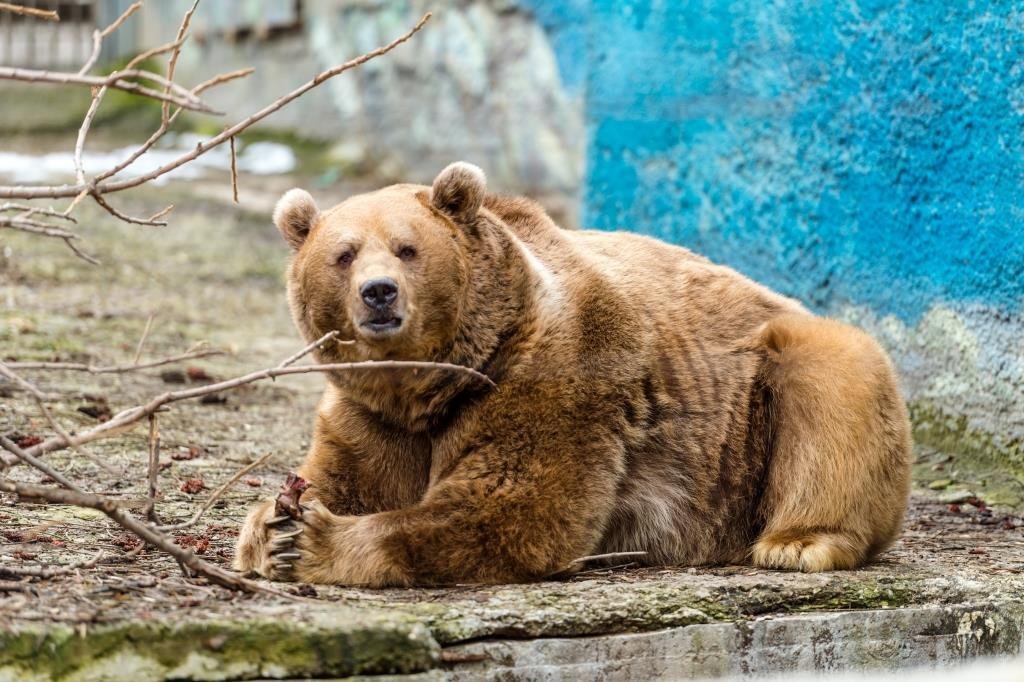
In 1930, Anatoly Filatov’s private menagerie was attached to the Rostov fauna collection due to large tax debts. Thus, exotic animals appeared in the zoo: elephant, sea lion, parrots, monkeys and others. In 1931-1937 the territory of the menagerie was actively built up, separate zones for birds, predators, herbivores, furry representatives of fauna appeared. The project was taken up by V. V. Kegel and I. I. Kartashov.
.In parallel, here was created a rich specialized library, unfolded an active scientific activity devoted to the development of methods of keeping and breeding animals. The rapid development of the zoo was interrupted by World War II. In 1941 Rostov was occupied, but about 20 employees refused to evacuate in an effort to preserve the animal population. Although there were no visitors to the zoo, its pets needed constant care.
.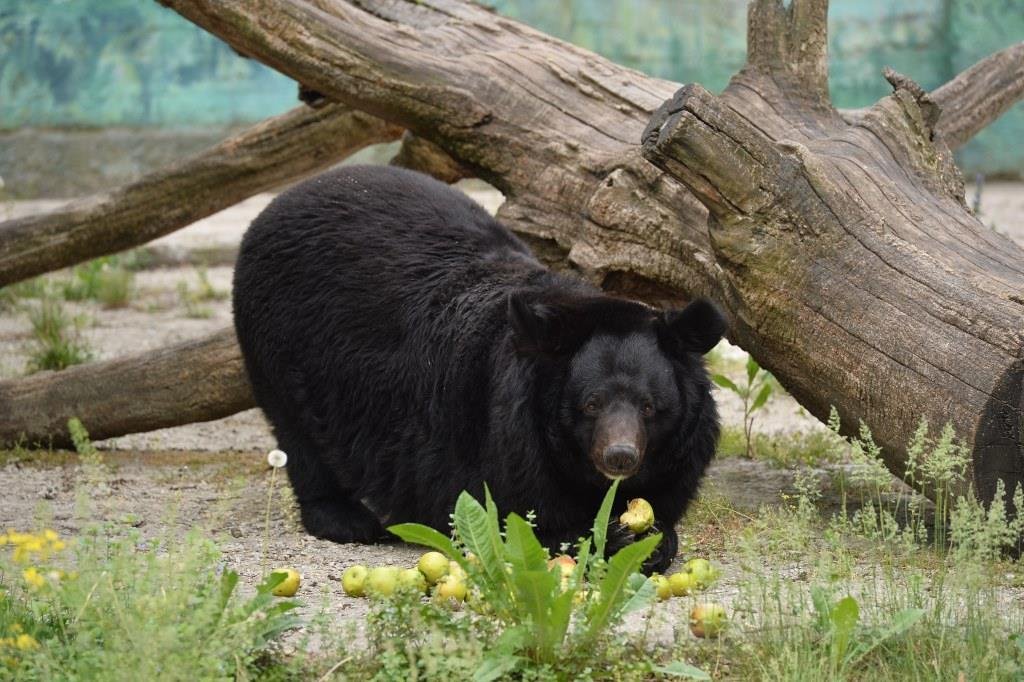
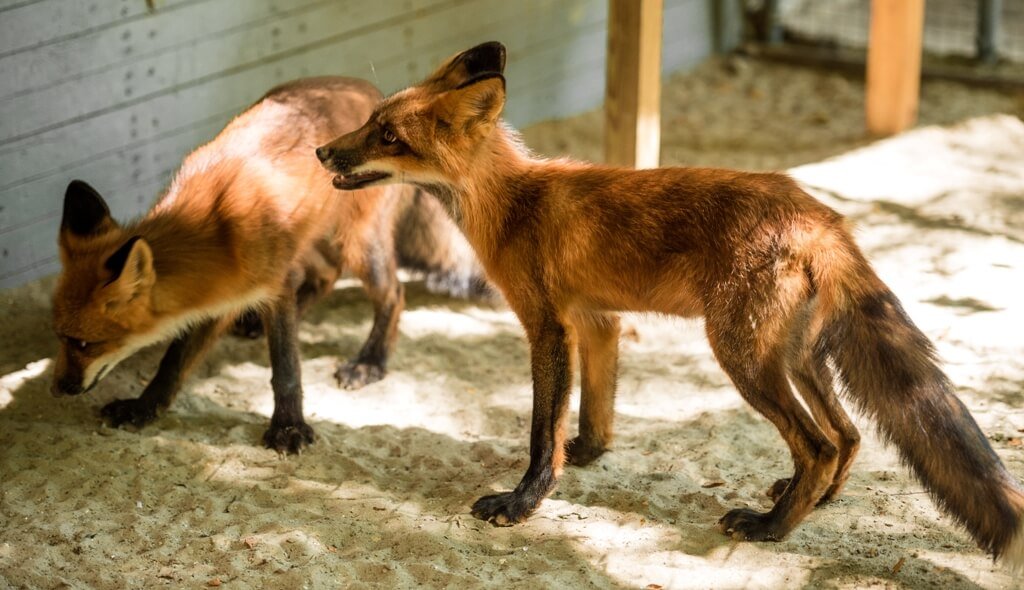
Significant support was provided by small Rostov residents who helped make hay for the animals. At the same time, several wounded Red Army soldiers did not have time to retreat with the main troops and had to ask for shelter in the zoo. The soldiers hid in the turian aviary, and the staff secretly carried them clothes and food for 8 months. After the liberation of Rostov, the soldiers joined the ranks of the army. The second aviary, now home to blue rams, served as a shelter for the families of zoo workers during the war years during raids.
.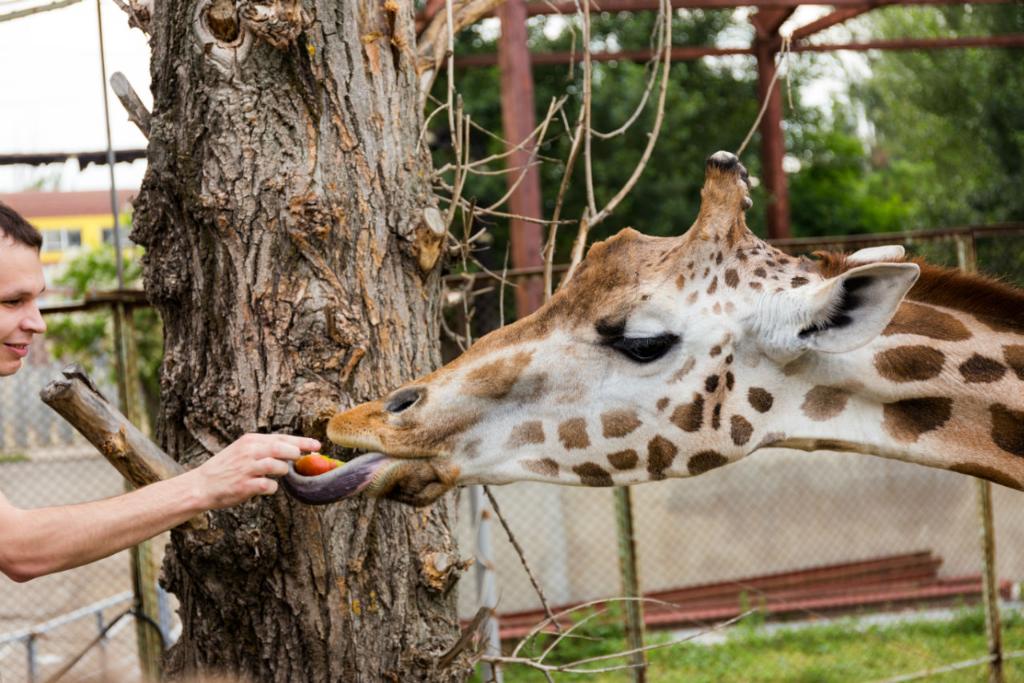
What to see
The enclosures of the Rostov Zoo contain more than 5 thousand animals belonging to 400 species. Most of them are included in the Red Book of Russia, IUCN and CITES. The extensive collection includes mammals, reptiles, reptiles, birds, insects, fish, amphibians and invertebrates. The feeding demonstrations are extremely entertaining.
.The zoo’s grounds are preserved with 19th century buildings and many century-old oak trees. Combined with modern infrastructure, this creates an extraordinary atmosphere, ideal for a leisurely vacation..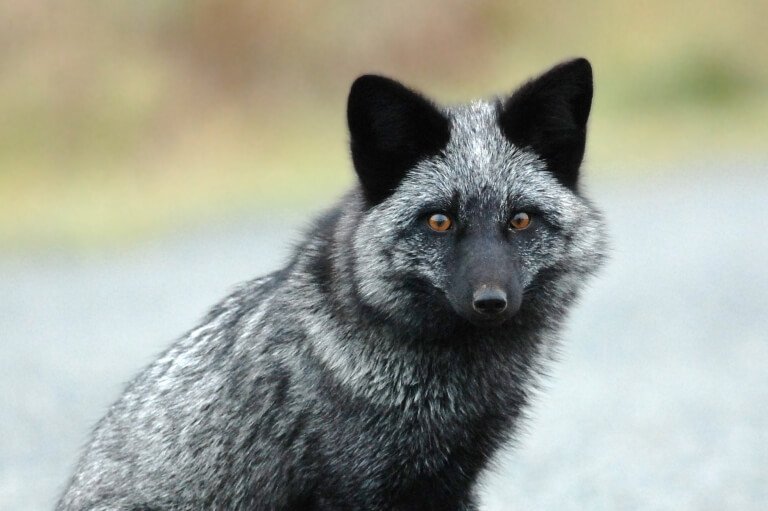
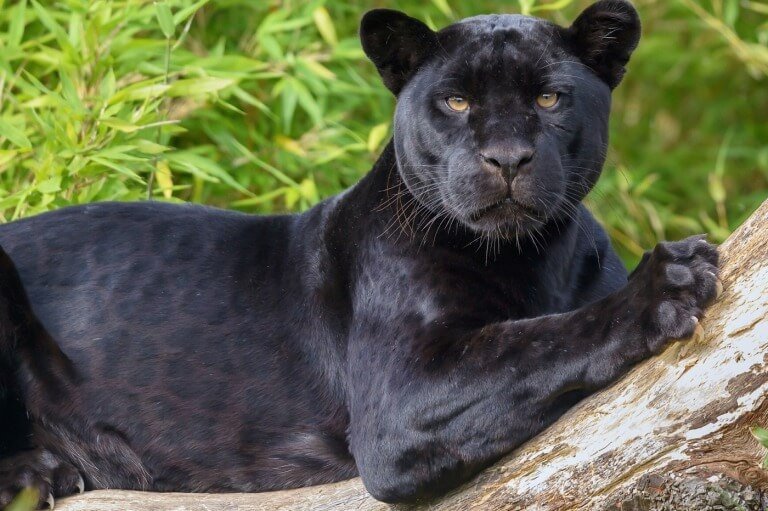
Useful information for tourists
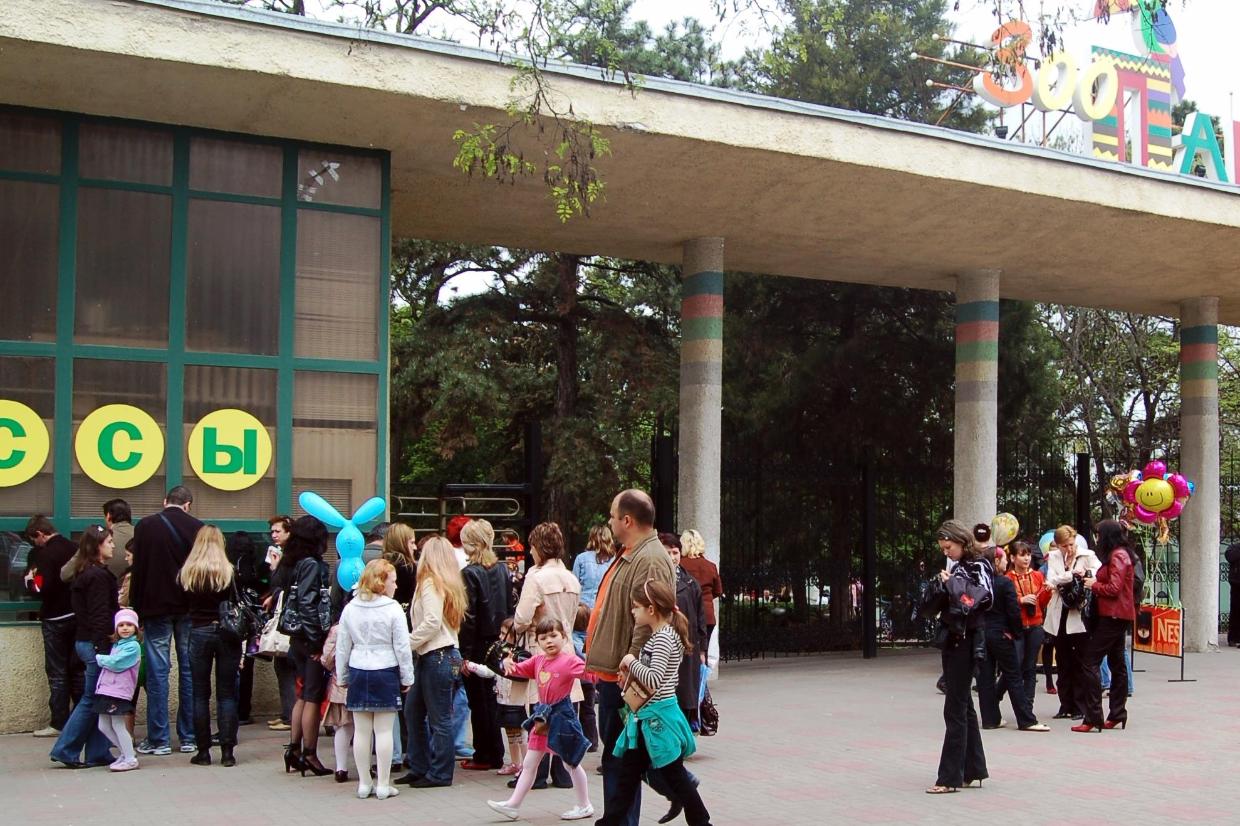
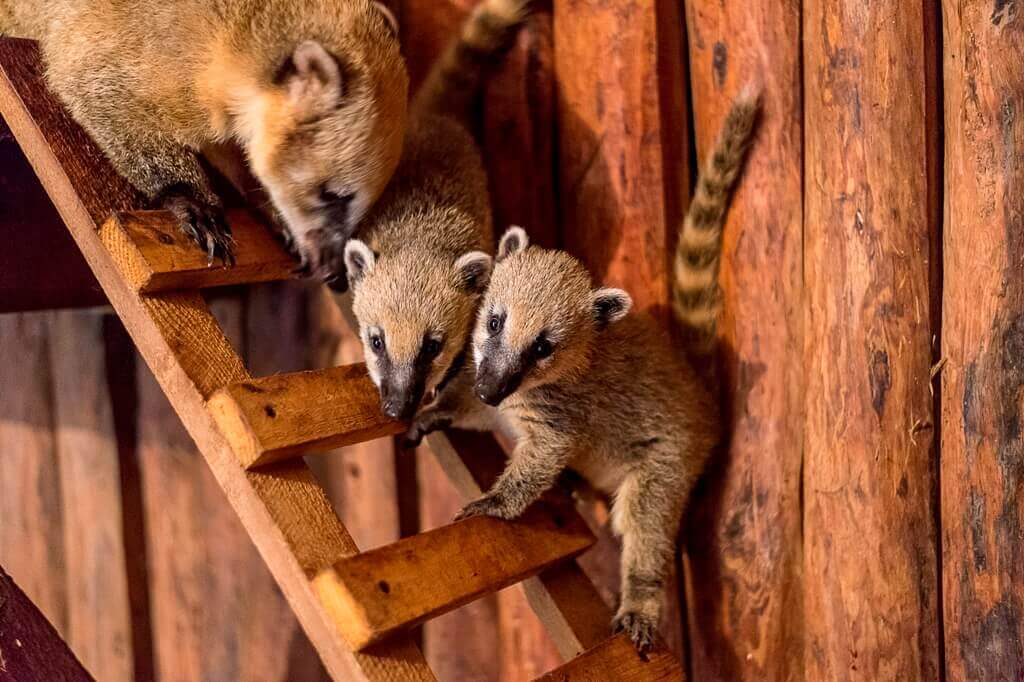

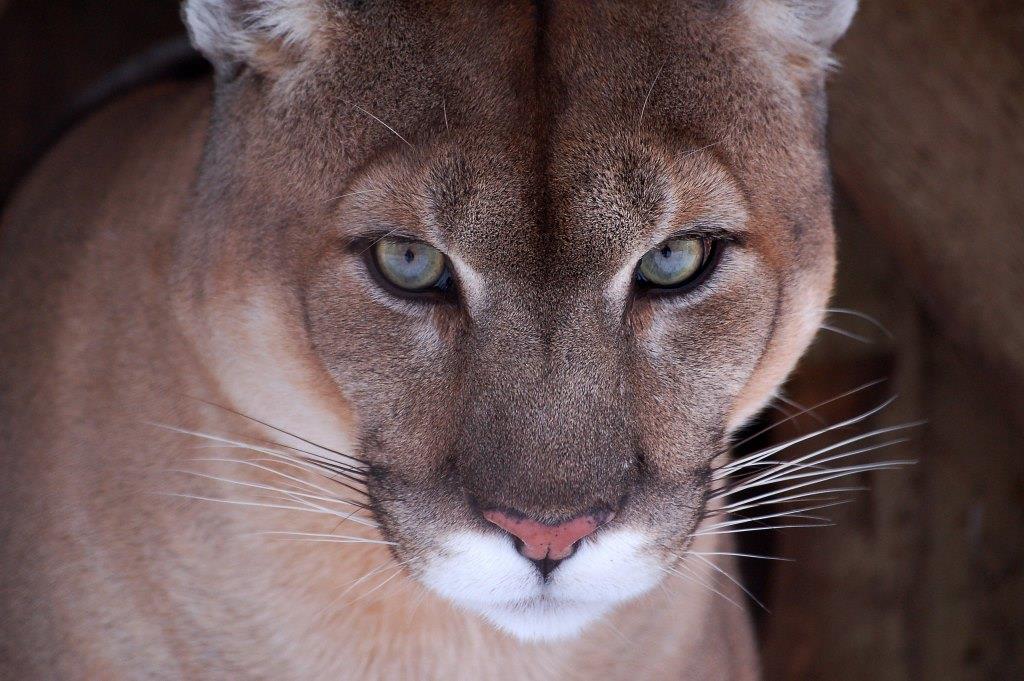
How to get there
Address of the zoo: 3 Zoologicheskaya St., Rostov-on-Don, 344039.
.The most optimal route from the railway or bus station (located across the street from each other): on Bolshaya Sadovaya to TSUM by bus (№ 3, 3a,80, 7, 7a), trolleybus (№ 1, 2, 22) or marshrutka (most numbers) with a change to the 6 bus to the stop “Zoo”. You can also go to the Central Market by any streetcar and change to the same route No. 6. A cab is a faster and more comfortable option.
.